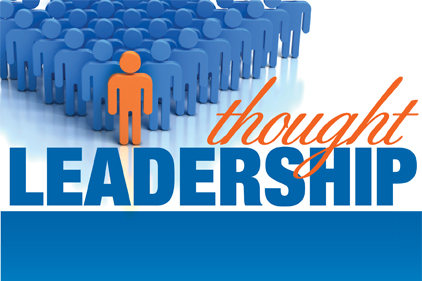Earlier in my career, I was fortunate enough to have worked for a few organizational giants like NASA, TRW, and United Airlines. Within these organizations, I was exposed to the rigors of systems thinking, Total Quality Management (TQM), and the Baldrige Award efforts of the 1990s.
Each of them helped improve our efforts, efficiencies, and outcomes. And each of them taught us to keep looking upstream for ongoing improvements.
These types of efforts also taught me the importance of leadership, vision, and engagement. I could go on, but many of you already know a great deal about systems thinking as it applies to safety.
However, one facet of these movements seems to strike a chord, and that's “rigor.”
As our world of safety evolves, I continue think of improvements in terms of my TQM and Baldrige experiences. Are we continually looking upwind for ways to rigorously improve materials, tools, equipment, facilities, processes, and people?
But wait, I also get stuck on the people element. People and rigor resonate. People and rigor seemingly provide the largest challenges and payoffs. Is there a constant form of organizational questioning that drives individuals to go deeper and look continually upstream, with good tools, for resolutions and abatement tactics that will lessen your risk for failure and loss?
Who’s making sure your people apply rigor to near-misses and incident-producing events?
Do you have the right organizational leaders pushing others to look upstream, always questioning how the organization can protect, mitigate, prevent, and preclude?
We shouldn’t make all of this more complicated than it has to be. But we should look for leaders who set a great example by applying rigor to our failures and opportunities. And we should look for leaders who set high expectations and hold others accountable to do much of the same.
At times, we have to deal with complex systems, but please don’t complicate what’s not necessarily complicated. Rigor needs to be applied to standards of excellence, with a simple but straightforward tenacity, and out of concern to help and protect others.
Rigor certainly helps to keep our organizations robust, flexible, and open to ongoing success.
And when it comes to safety, our transparency as leaders can go a long way, especially when aligned with rigor.
Transparency and rigor will stop the rigor mortis from settling in, because if it does, it could make sustainable safety excellence just about impossible to embrace.

Recent Comments
In addition to the personal hardship and loss...
No one will know the answer to this...
Bad drivers don't have to ruin your day...
Healthcare workers face a number of serious safety...
In my experience, truck drivers are treated with...